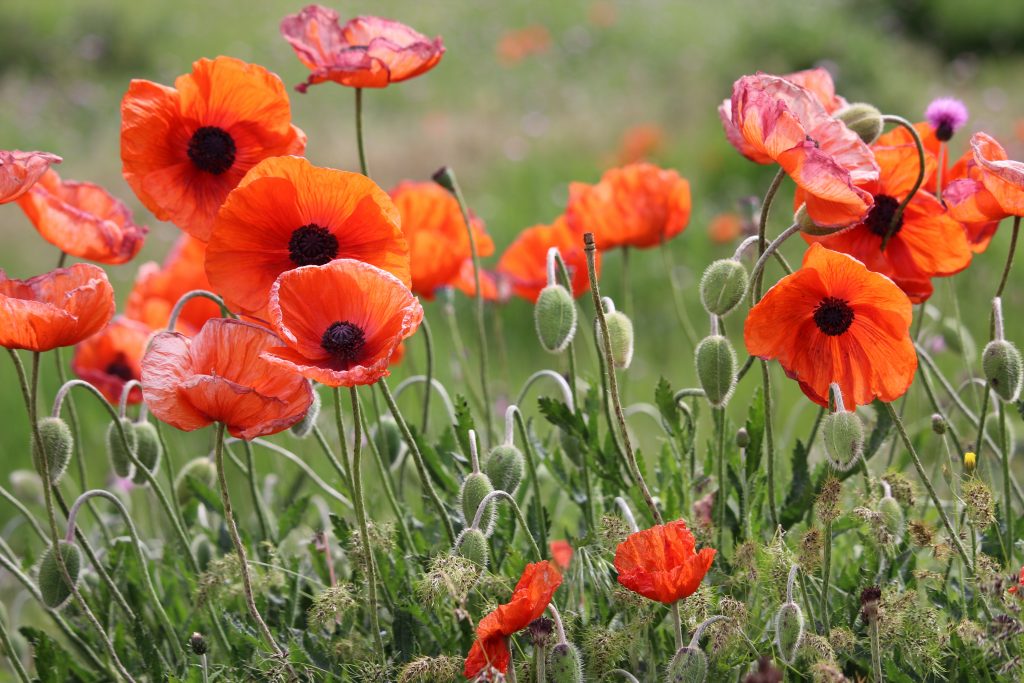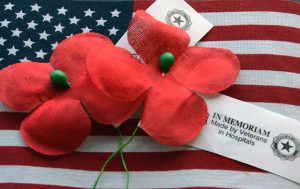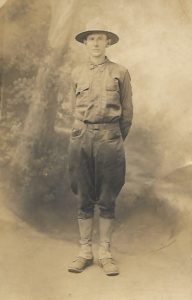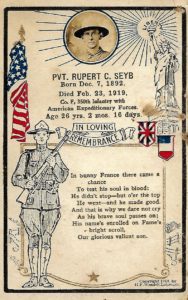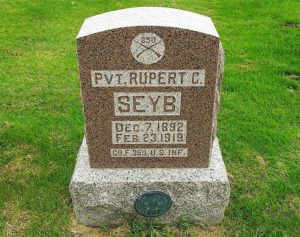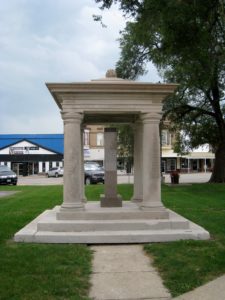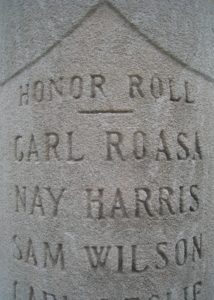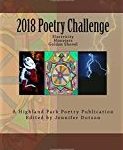Summer is the annual permission slip to be lazy.
To do nothing and have it count for something.
To lie in the grass and count the stars.
To sit on a branch and study the clouds.
~Regina Brett
To Do Nothing
Eighty-eight degrees at 7 a.m. in North Palm Beach! But summer does not officially start until June 21! Who are we kidding! Summer is here. When I taught full-time, summer began the minute my grades were submitted. Now it starts when my volunteer work is finished. My last Daughters of the American Revolution meeting was the first of May, and the last American Association of University Women’s dinner club was the end of May. A common question at these finales was “What are you going to do this summer?” Sometimes, the answer for me is to almost do nothing!
I recall one year our graduation speaker challenged graduates to think about the hyphen between when they were born and when they are no longer on this earth and to use that time wisely. I believe wise use of time is important for all of us. However, the tendency for a person with Parkinson’s is to do things slower. You get discouraged when half-started projects pile up. Then guilt sets in. However, you need to be good to yourself which may include giving a pass or permission to slow down. Doing almost nothing for a while may prime you to tackle the important responsibilities later. However, remember exercise is Parkinson’s medication. So I will continue my walking, Tai Chi, stretching and medical or therapy appointments.
I Love Summertime
What I love about summer is the flexibility and more white space on my calendar. The Florida pace slows down, and traffic is less congested. I no longer have to wait for a table in a restaurant. Attendance at Tai Chi and PD support group drops, and individualized attention is possible. I enjoy having time to recharge, replenish, revitalize—whether it’s at my tropical home in South Florida or at the family farm in Missouri. For the first few days of June, I rested and did fun stuff like staying in my pajamas all day. I puttered around the house and yard and redesigned a tabletop display. It took me awhile to unwind. After reflecting on the first five months 2019, I realized they were jammed with activities, responsibilities and experiences:
Why I Need to Recharge
Self-Care: Road trip to University of Florida’s Movement Disorder Center to meet with physical therapist, occupational therapist and speech therapist, Lunch n Learn PD support group meetings, Parkinson’s Foundation community education event, Tai Chi classes, trigger point massages, daily walking, daily stretching, diagnostic tests, chiropractor, neurologist, cardiologist, podiatrist, urogynecologist and dentist appointments
Family: Sister-in-law in hospital, followed by my brother, 90-year-old aunt passed away with Alzheimer’s
Pets: Took Grace, Chauncey and Maggie Mae for vaccinations, changed diet, got water fountain
Social: Hosted 69th birthday party, hosted dinner club, attended three dinner clubs, several lunches with girlfriends, re-connected with a couple of old friends, spring training baseball game
Professional: Researched, wrote and posted twenty-seven Parkinson’s My Way blogs, interviewed two artists, designed business card, wrote free report for email blog subscription, attended annual library book sale and three rummage sales for eBay inventory finds, wrote an acrostic poem for a contest, taught online strategic management course, evaluated twenty-eight students’ prior learning assessment portfolios
DAR: Prepared monthly newsletter reports, presented oral monthly meeting reports as chairman of DAR school committee, checked in attendees and dressed as flapper at annual fundraiser, contributed donations to fundraiser, served as meeting greeter and did a show and tell introduction of myself, served as executive board director and advised regent, received 10-year membership award, received DAR school committee project award for second place out of 106 Florida chapters
House: Tented and fumigated for termites and beetles
My Lazy Hazy Days of Summer
My summer will go with the flow, and I will do what feels right. This moment it is curling up on the couch with Grace, Chauncey or Maggie Mae and taking a short nap in the middle of a typical tropical rain. Now who can argue with that?
What do you like most about summer? How will you spend your summer?
Blessings!
Linda





